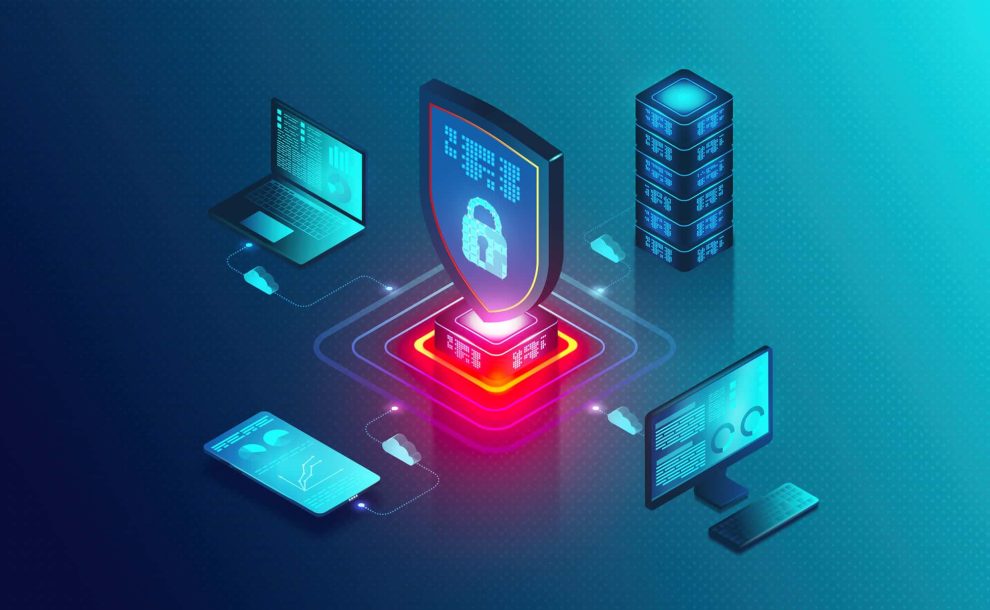Cybersecurity remains a cornerstone for safeguarding personal and corporate data. As technology advances, so too do cybercriminals’ tactics. This means effective security measures are more critical than ever. And findings from the UK Cyber Security Breaches Survey 2024 threw up some startling statistics.
It found that 50% of businesses experienced breaches or attacks within the last year. Perhaps more troubling, around a third of charities surveyed (32%) reported similar. This underlines the risks posed to organisations in all sectors. So, what are some common examples of threats? And what can you do to prevent them? Read on to find out more.
The Benefits of Strong Cybersecurity
Good security practices offer plenty of advantages. These include protection against financial losses, reputational damage, and legal penalties. And the survey referenced above enables us to put a monetary figure on the impact of attacks. It found that losses averaged £1,120 per incident (excluding phishing).
Common Cybersecurity Threats
The cyber landscape poses a variety of threats. Phishing attacks are common, affecting more than 80% of businesses and charities. Ransomware and malware attacks are also a constant threat. And the rise of AI adds another dimension. It highlights the ongoing battle between security defences and cybercriminals. AI tools are being used on both sides to refine attack and defence methods.
Tips for Improving Your Cybersecurity
To mitigate these threats, businesses and individuals should:
- Adopt a zero-trust approach. Ask for verification from everyone trying to access resources on the network.
- Use a virtual private network (VPN). It encrypts your data, hides your virtual location, and protects your internet connection. If regular travel means you often use public networks, a VPN stops snoopers from viewing your activity.
- Use an IP address lookup tool to verify any devices that want to connect to your network. It can provide information about the approximate location of the device as well as the IP’s hostname and internet provider. This allows you to deny access to any devices you do not recognise.
- Ensure all staff use strong passwords that they change regularly.
- Apply multi-factor authentication (MFA) to add an extra layer of security beyond passwords.
- Regularly update and patch systems to defend against known weaknesses.
- Provide training and awareness programmes. These can educate employees about common cyber threats and phishing tactics.
Choosing the Right Cybersecurity Provider
When selecting a provider, businesses should look for:
- Expertise in the latest technologies and trends.
- A proven track record of defending against a broad spectrum of threats.
- The ability to offer tailored solutions that fit the company’s needs and finances.
- Strong customer support for handling potential incidents quickly and efficiently.
As cyber threats evolve, so must our approaches to security. A robust strategy is more than a technical need. It’s fundamental for protecting the future of digital and economic systems in the UK and beyond.












